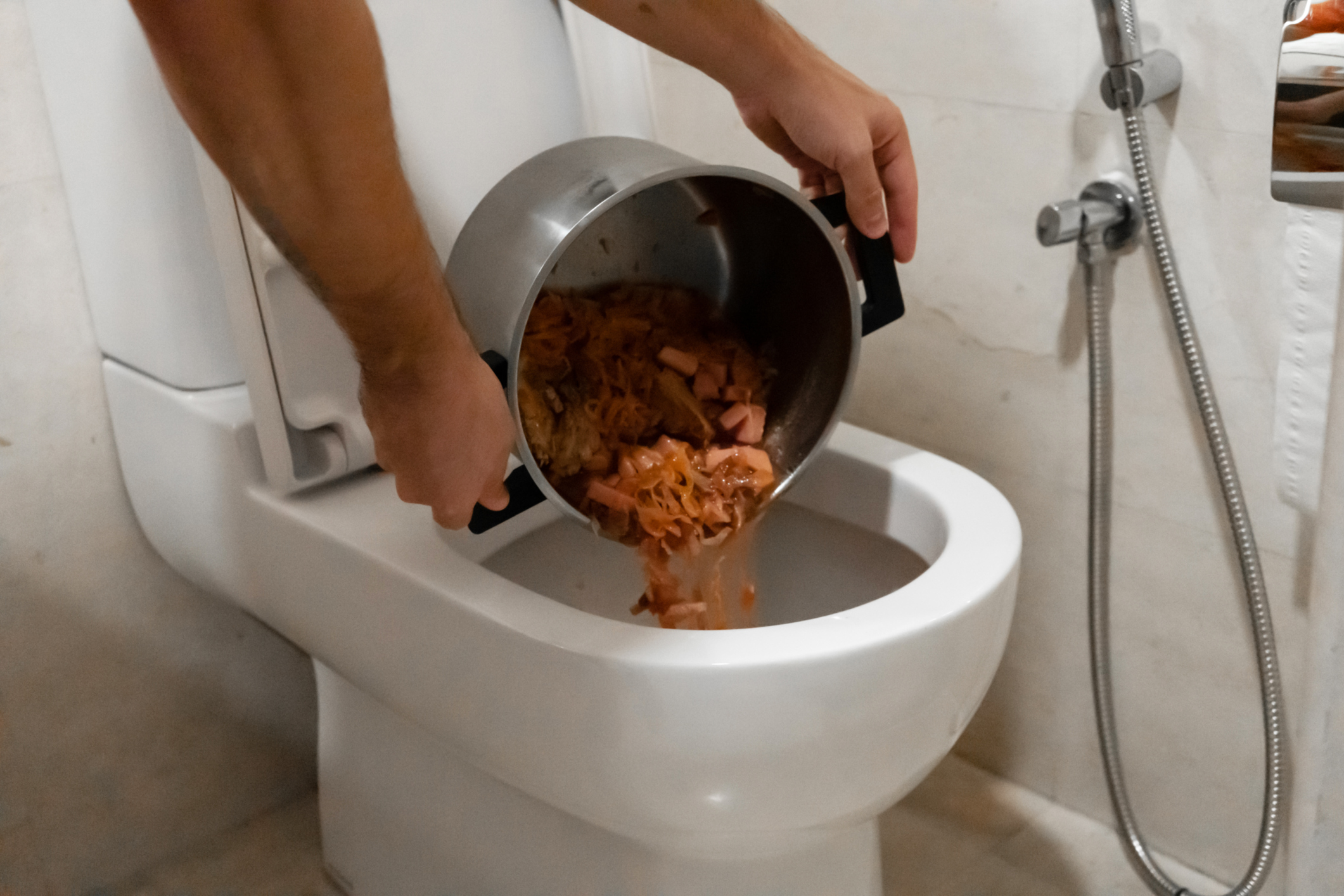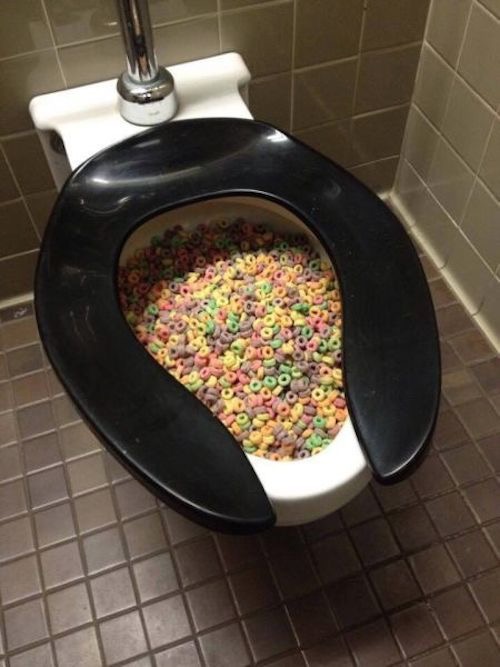Can You to Flush Food Down the Toilet?
Can You to Flush Food Down the Toilet?
Blog Article
How do you really feel with regards to Flushing Food Down the Toilet??

Introduction
Many individuals are commonly faced with the predicament of what to do with food waste, especially when it comes to leftovers or scraps. One usual concern that emerges is whether it's fine to purge food down the bathroom. In this article, we'll explore the reasons that people might consider purging food, the repercussions of doing so, and alternative approaches for correct disposal.
Reasons that individuals might take into consideration flushing food
Absence of recognition
Some individuals may not recognize the potential damage brought on by flushing food down the toilet. They may wrongly think that it's a safe method.
Convenience
Flushing food down the bathroom might appear like a quick and easy option to taking care of undesirable scraps, especially when there's no close-by trash bin offered.
Idleness
In some cases, people may simply choose to flush food out of large negligence, without thinking about the repercussions of their activities.
Consequences of flushing food down the toilet
Ecological influence
Food waste that winds up in rivers can add to pollution and damage aquatic environments. In addition, the water utilized to purge food can strain water sources.
Pipes issues
Flushing food can cause stopped up pipes and drains pipes, creating expensive pipes repair work and aggravations.
Sorts of food that ought to not be purged
Coarse foods
Foods with coarse structures such as celery or corn husks can get entangled in pipelines and create clogs.
Starchy foods
Starchy foods like pasta and rice can take in water and swell, resulting in clogs in pipelines.
Oils and fats
Greasy foods like bacon or cooking oils should never ever be flushed down the toilet as they can solidify and create clogs.
Appropriate disposal techniques for food waste
Using a waste disposal unit
For homes furnished with garbage disposals, food scraps can be ground up and purged via the plumbing system. Nevertheless, not all foods are suitable for disposal in this fashion.
Recycling
Certain food product packaging products can be reused, reducing waste and lessening environmental influence.
Composting
Composting is a green way to deal with food waste. Organic materials can be composted and utilized to enrich dirt for horticulture.
The relevance of correct waste monitoring
Decreasing ecological damage
Proper waste management techniques, such as composting and recycling, help minimize contamination and maintain natural resources for future generations.
Protecting pipes systems
By preventing the practice of flushing food down the commode, home owners can avoid expensive pipes repair work and maintain the honesty of their plumbing systems.
Conclusion
In conclusion, while it might be tempting to flush food down the bathroom for ease, it's important to recognize the prospective repercussions of this activity. By embracing correct waste monitoring methods and throwing away food waste sensibly, people can contribute to healthier pipes systems and a cleaner environment for all.
FLUSH FOOD DOWN THE TOILET?
FLUSHING FOOD CAN CAUSE BLOCKED DRAINS IN YOUR HOME
All of the plumbing fixtures in your home are connected to the same sewer pipe outside of your home. This outdoor sewer pipe is responsible for transporting all the wastewater from your home to the Council sewer mains. Even small pieces of food that go down the kitchen sink can cause problems for your sewer. It should therefore be obvious that flushing larger bits of food, such as meat, risks a clog in either the toilet itself or the sewer pipes. Flushing greasy food is even more problematic because oil coagulates when it cools, coating the interior lining of your pipes.
THE TOILET IS NOT A BIN
Food isn’t the only thing that people shouldn’t be flushing down the toilet. People use the toilet to dispose of all kinds of things such as tampons, makeup wipes, dental floss, kitty litter and even underwear. Water goes to great lengths to educate residents about the high costs and stress placed on wastewater treatment systems simply from people flushing the wrong stuff down the toilet. It costs taxpayers millions of dollars each year, and homeowners thousands in blocked drain repairs.
FLUSHING FOOD IS A WASTE OF WATER
Flushing food is a waste of our most precious resource - water. In June this year Level 1 water restrictions were introduced to protect water supply from drought conditions. Much of New South Wales continues to be affected by prolonged drought with recent figures revealing up to 97 per cent of the state remains in drought. Depending on whether you have a single or dual flush toilet, every single flush uses between five and 11 litres of water. In the current climate this is a huge amount of water to be wasting on flushing food that should be placed in the bin (or better yet, the compost).
https://www.jabplumbingsolutions.com.au/blog/can-you-flush-food-down-the-toilet

As an enthusiastic person who reads about Is it safe to flush food (especially rice) down the toilet?, I imagined sharing that piece of content was worth the trouble. So long as you enjoyed reading our page kindly be sure to pass it around. I treasure your readership.
Call Today Report this page